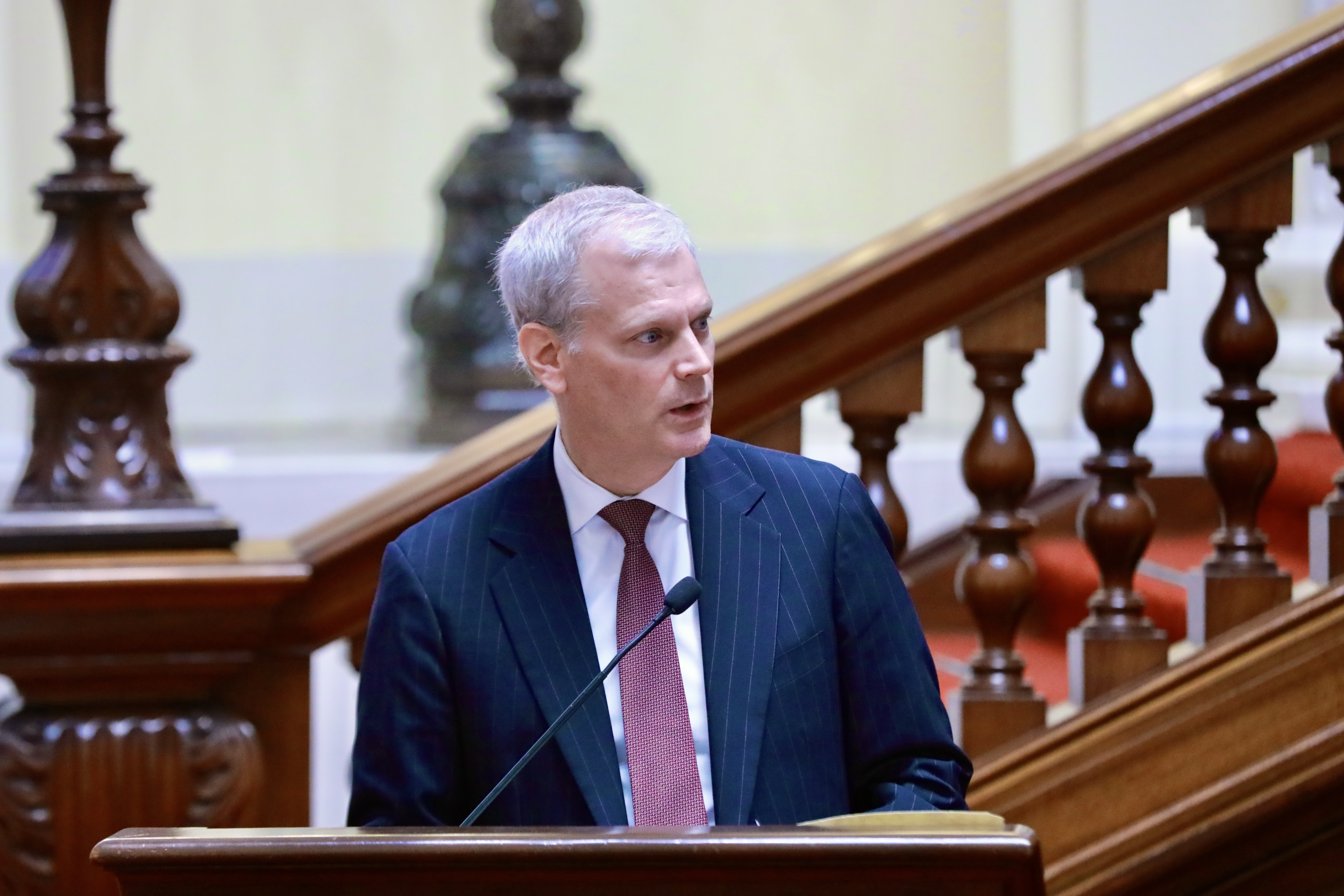Latin America Strikes Trade Deals at APEC Summit
Latin America Strikes Trade Deals at APEC Summit
APEC celebrates 20 years as members convene in Singapore. On the sidelines, Peru, Chile, Mexico, and Canada, as well as APEC observer countries Colombia, Costa Rica, and Panama are pursuing economic agreements with Asian countries.
The Asia-Pacific Economic Cooperation (APEC) celebrates its twentieth birthday this week when its 21 members come together in Singapore. Colombia, Costa Rica, and Panama, who currently have observer status, hope to join the other countries in the Americas—Canada, Chile, Mexico, Peru, and the United States—that currently have APEC membership. On the forum’s sidelines, Latin American countries are scoring bilateral trade deals to boost trans-Pacific ties. “Asia's increasing demand for resources and commodities has natural synergies with Latin America's energy and commodities producers,” said Singapore's senior trade minister S. Iswaran at a finance meeting that was part of the summit.
Peru, which already has free trade agreements with Canada, China, the United States, Mexico, and Singapore, will enter into a new trade deal with Thailand Friday. The pact removes tariffs on 5,000 commercial products and could double the $350 million in trade between the two countries. Peruvian President Alan García made the rounds in South Korea and Japan to help advance trade deals. Trade between Lima and Seoul tripled since 2005, hitting $1.62 billion in 2008. In the case of ties with Tokyo, bilateral trade reached the $3 billion-mark last year.
With its strong focus on trade liberalization, Peru is under consideration to become a member of the Trans-Pacific Strategic Economic Partnership Agreement—or P4. Current members Brunei, Chile, New Zealand, and Singapore aim to eliminate tariffs with each other by 2015. While in Singapore, Chilean Foreign Affairs Minister Mariano Fernandez said the P4 could serve as a trigger for a broader Asia-Pacific trade agreement. In terms of APEC partnerships, Chile has free trade agreements with Australia, Canada , China, Mexico, Peru, and the United States. During this trip, it hopes to enter into new deals with Thailand, Malaysia, Vietnam, and Indonesia. Chilean President Michelle Bachelet and her South Korean counterpart Lee Myung-Bak also agreed to revise a trade pact signed in 2004 to ramp up economic ties. Since that deal, bilateral trade quadrupled to $7.16 billion last year.
Mexico also signed a deal to guarantee investments with Singapore on the sidelines of the APEC Ministerial Meeting. The country is Singapore’s fourth largest trading partner in Latin America, with total bilateral trade between the two countries reaching $3 billion last year.
During the November 12 APEC Ministerial Meeting, Canadian Minister of International Trade Stockell Day announced that Ottawa plans to establish Canada’s Association of Southeast Asian Nations Network whose experts will explore trade and investment opportunities in the region. After APEC, Canadian Prime Minister Stephen Harper will travel to India, where he will likely sign a Foreign Investment Protection Agreement with his Indian counterpart Manmohan Singh, to boost bilateral trade.
While countries in the Americas seek to tap into Asian markets, other countries hope to do the same by gaining membership. Colombia, Costa Rica, and Panama have observer status within APEC and are pushing to become full-fledged members after a moratorium on new memberships concludes in 2010. Chile and Peru expressed support for the three Latin American observers to join, but the lifting of the moratorium requires consensus among the forum’s 21 members. During the summit, Costa Rica—in the process of negotiating a deal with China—will seek to advance a free trade pact with Singapore. Colombia plans to launch a trade pact with South Korea. Moreover, Bogota will host the third China-Latin America business summit at the end of November.
Learn more:
- “Beijing Consensus?” Michelle Morton, AQ Blog, November 13, 2009.
- APEC 2009 website.
- Peru’s press release about trade deal with Thailand.
- Information about Peruvian-Japanese trade negotiations.
- Japan’s Ministry of Foreign Affairs page on Japanese-Peruvian relations.
- Reuters fact sheet on bilaterals being negotiated between APEC members.






